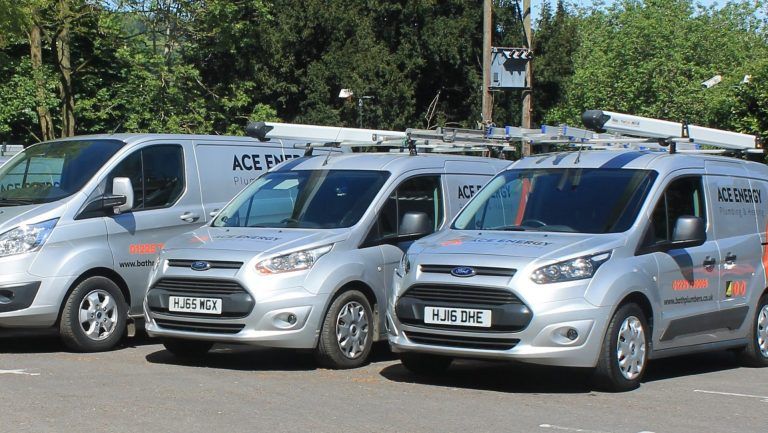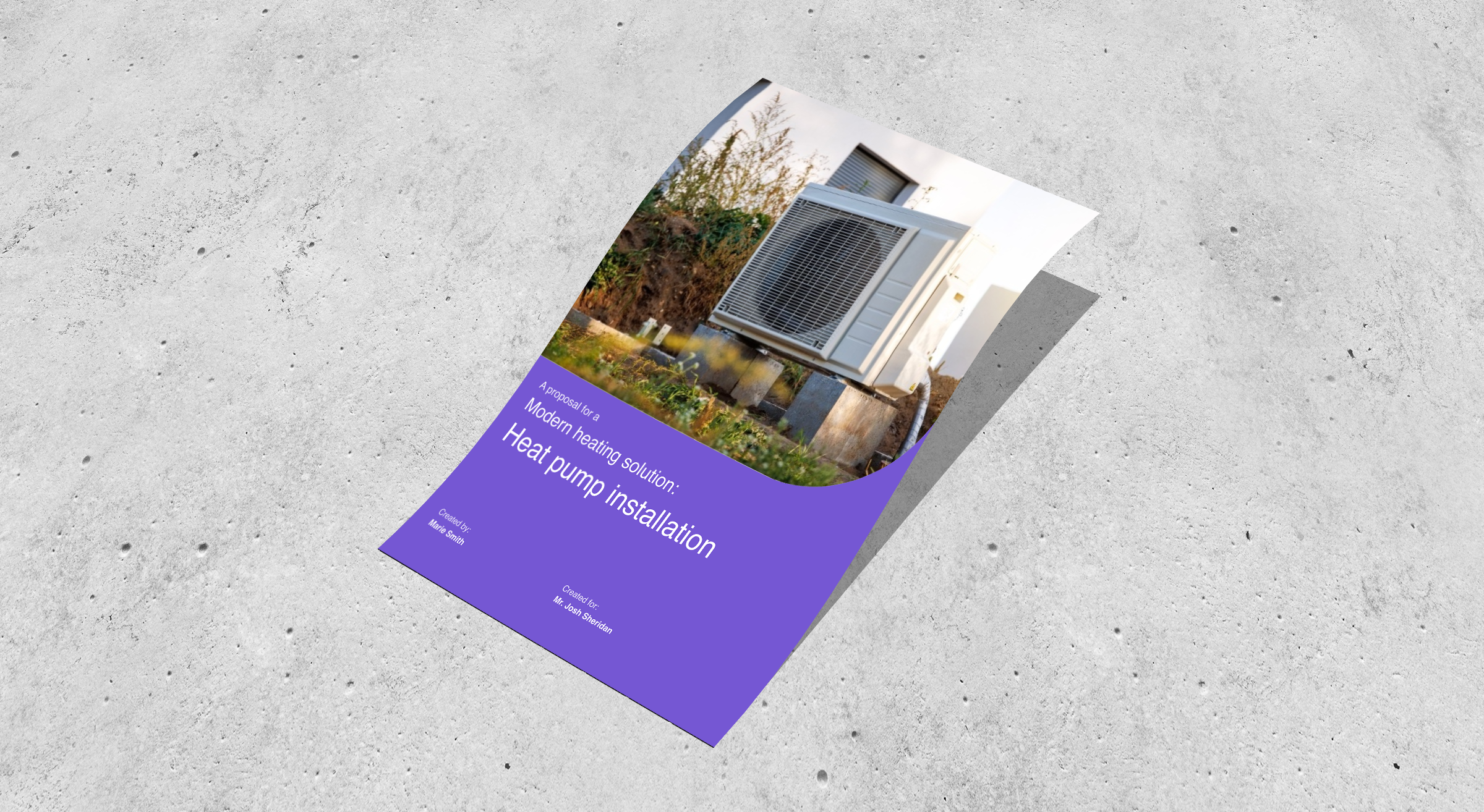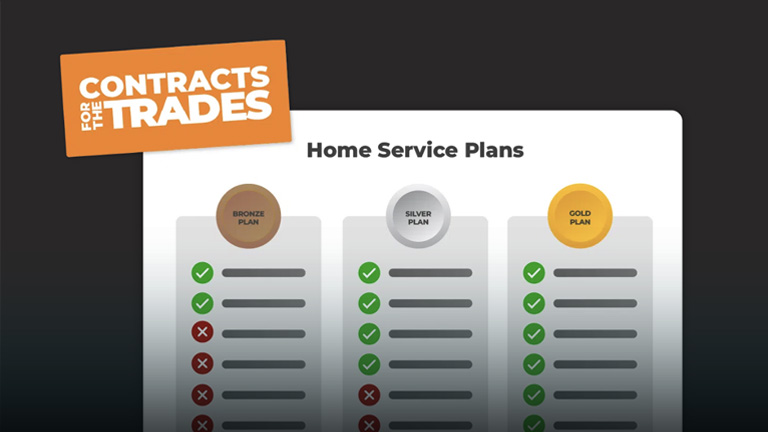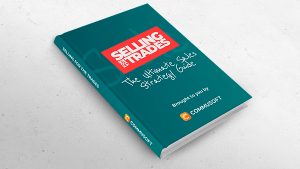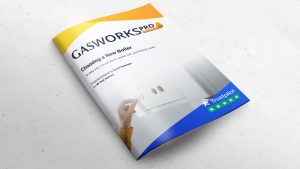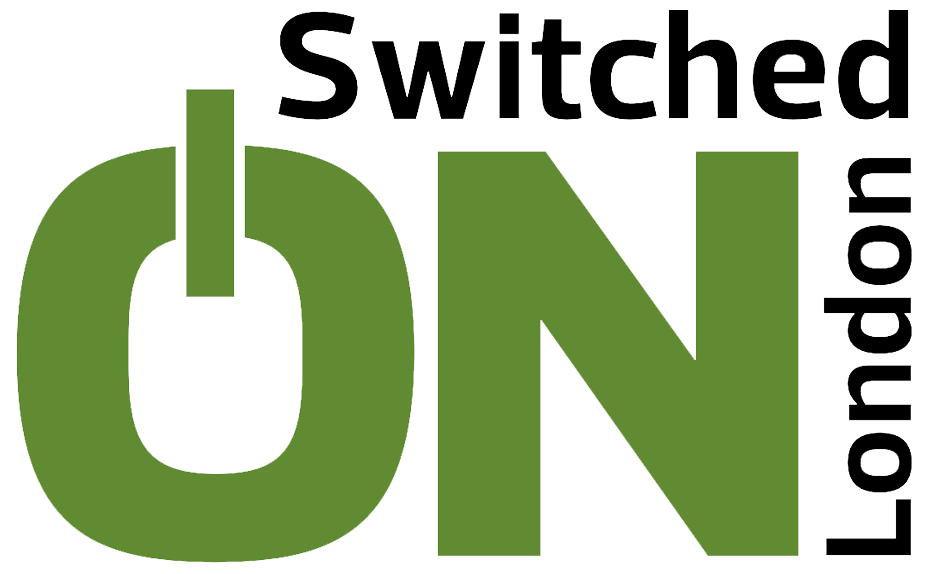If estimating mistakes are occurring when you’re quoting a price to a customer, problems can arise. After all, accurate quotes are an integral part of winning a job.
Naturally, there are a few pitfalls (5 in fact!) that you might be in danger of stumbling into. So, let’s take a look at how you can avoid estimating mistakes that can be costly!
Whether it’s for an important contract or routine work, the way field service companies approach quoting shows a lot about their level of professionalism and dedication to high standards.
To paint a clearer picture, here’s a story for you today:
Consider this:
Rachel just bought a new flat and she’s very excited about it. She decides she’d like to rewire the plugs and move them around since the place was built before people had to have their phones attached to them at all the times and battery life was shown in weeks rather than hours.
She calls Company A, explains her wishes to them, and they agree to send someone down the same day to assess the situation. She’s quite impressed with their promptitude and they even agreed to come around when she’s back from work. They stay true to their word and an installer comes down, writes up some details and takes photos, then promises to send a quote as soon as possible.
Rachel’s very happy, goodbye to the installer and relaxes for a day or two knowing that things are taken care of and it’s only a matter of knowing the price. At this point, she’s pretty sure that even if there might be cheaper options around, she’d rather go with Company A to avoid any hassle.
Except a week passes and then another one and Rachel still doesn’t have a quote. When she calls them, they apologise and promise to send the papers soon. Another week passes, Rachel simply gives up on chasing them and calls Company B. They also send down someone on the same day but this time the installer assesses the situation, takes a few photos then inputs everything on his phone.
His software returns a ready-made quote template. Rachel receives an email on the spot, opens it and finds the quote and an e-signature portal. She accepts then schedules the installer’s next visit immediately, giving her time to ask for a day-off from work.
Now it’s time for the real question: are you Company A or Company B?
If you chose the latter, click here to view your free infographic! But if you didn’t, keep reading to identify the five estimating mistakes you’re making when sending quotes

1. Slow and steady does not win this race
One of the first estimating mistakes Company A made was sending mixed signals to the customer. By sending an engineer immediately, they set expectations for a certain speed of service.
Generally, this would be the best course of action. You want to prove to your customers that you are reliably fast when acknowledging their issues. But this also creates an expectation that the rest of the service will be as high quality. When you fall short, the disappointment is proportional.
Speed is always key in impressing customers.
It’s the reason why solutions, like digital payments, have pervaded every industry these days. Everyone has gotten used to the convenience of technology and especially to the speed of it. From having the sum of all human knowledge at your fingertips in an instant, to Amazon delivering the same day you order something, it’s easy to see how the Internet has made everyone a little bit less patient.
Company B wins this round because they remain consistently fast in getting the job done. They follow up with a similarly quick approach to quoting and then schedule the customer immediately.
By working quickly, customers also don’t have the time to look up other competitors. This means that Company B has a better chance of clinching the job than losing out.
It could also mean that they can have higher prices (or offer a range of tiered pricing). If you don’t compete by showing the lowest prices but instead offering quality and convenience, you’ll likely win more people over. After all, more often than not, people won’t even care about price if they’re confident they’re getting the job they want, doing well, and doing it quickly.
2. Adding unnecessary steps to a process
Another consequence of tech being an ever-present element in people’s lives is also getting used to the lack of friction. Amazon-style “one-click-order” actions eliminate the middle stages of a purchase, giving customers fewer chances to change their minds.
Company B achieves this by offering a visit, a quote, and a schedule fast. Company A loses out completely by stretching the process over three weeks.
Let’s say that behind the scenes, Company A is swamped with jobs. That’s why they can’t attend to Rachel immediately. But at the same time, this is not an urgent appointment, so even if Company B is similarly swamped, the fact that they can still book the job quickly (even if this actual appointment date is later on), that’s what gives them the advantage.
At the end of the day, the more steps you can eliminate in your process, the better.
When it comes to digital solutions, like automated appointment reminder software, quoting software expert Bethany Fagan from PandaDoc, summed it up nicely:
By using a tool with “integrated CRM, payment, and invoicing software as well as built-in legally binding eSignature technology, you can completely streamline and shave hours off of your quoting process”.
3. Not being honest with your customers
The truth might be that Company A didn’t want the job. Being too busy is a fortunate position, but this won’t last forever. As mentioned in the previous example, Company B might be overwhelmed, but they’ve already secured the job with the customer.
It might be the case that this job is too small for Company A so it’s not worth the effort. In this situation, it’s best to be honest with the customer and let them know that you are unable to complete the job. You can even recommend a fellow engineer you trust who could take over.
If you’re upfront, the customer will be much more inclined to call you again than if you string them along for weeks. Being upfront will also help you avoid respond to bad reviews, which can seriously affect your business.
4. Not knowing your audience
Millennials get a lot of flack from the media these days.
As a stereotype, people see them as expecting instant service, have little patience for excuses, and will do their best to find every social media platform possible to complain if something goes wrong.
However, evidence suggests that if you do right by millennials, they are some of the most loyal customers.
They will act as ambassadors for your company and recommend you via every channel they have. It’s no secret that Millennials use social media to talk about the products and services they’ve enjoyed.
It might seem like too much effort at the moment, as many Millennials rent, but that won’t be the case forever.
It’s better to win them over now; going digital is the way to a Millennial’s heart.
Read: How to Write a Quote for a Job
5. Send plain quote sheets and expect customer advocacy
Having a digital proposal management software means every quote could be a marketing tool. If you’re still sending simple quote sheets, you’re losing a great chance to etch yourself in the customer’s memory. Knowing how to write a professional quote is not a skill you gain overnight, but it is something any business manager should know.
As ever, though, don’t forget to use this chance to flex your digital creative muscles; send a low-cost, medium, and high-end option, as well as stamp your logo on each and every one. Add accreditations like your GasSafe badge to inform customers you’re adequately trained and experienced.
When you create a quote, you can specify the costs of both labour and parts (with the appropriate price markup) so you can check the profitability of a potential job. Don’t worry, if you use the right software, your customer won’t have access to the cost breakdown when they receive the quote for approval.
5 Estimating Mistakes to Avoid: The Takeaway
These five estimating mistakes are easily avoidable when you use field service management software.
At the end of the day, there’s no reason for you to do it manually when many job management software options can help you out.
You can also take a look at our own guide, Stop Quoting, Start Selling to convert more quotes into jobs:

Cristina Maria
I'm here to bring you next-level strategies to the field service industry. When I'm not working on the best tips to grow your business, I'm on the lookout for sci-fi novels and cookie recipes.
